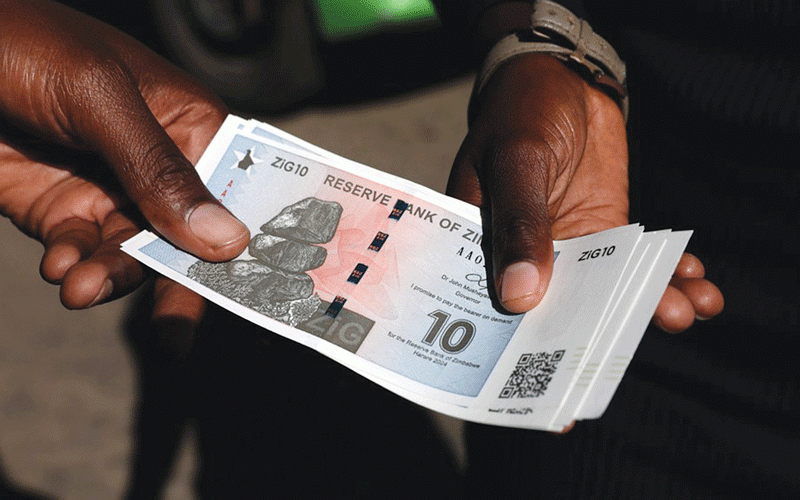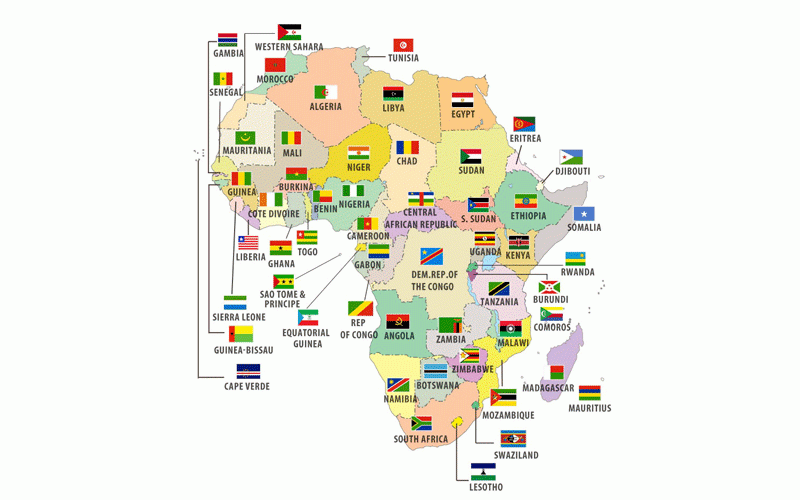
ZIMBABWE, with its tumultuous economic history, introduced the Zimbabwe Gold (ZiG) currency in April of this year. Pegged to global gold prices, the ZiG aims to address currency instability and hyperinflation that have plagued the nation for decades. However, this fixation to global dynamics carries both promise and peril, and has already been evident in the recent trend which saw the exchange rate significantly plummeting and vigorously fluctuating. In other terms, the ZiG’s gold linkage makes Zimbabwe highly susceptible to global shocks, posing implications for the country’s economic prospects.
The ZiG, launched barely three months ago, replaces the Zimbabwean dollar (ZWL). Unlike its predecessors, the ZiG is a “structured currency” backed primarily by gold, along with other forex reserves, including dollars. The central bank then set the ZiG’s exchange rate based on gold market dynamics, where it computes the exchange rate by dividing the US$ by gold price per milligram.
However, this gold linkage, with its possible upsides, has proved to be a rather double-edged sword, with potentially reduced control over fluctuations. It is imperative to note that by pegging the ZiG to global gold prices, the Central Bank sought to anchor its currency against wild fluctuations witnessed with the predecessors. This would also solve the inherent challenge of hyperinflation, subsequently restoring confidence and prevent a repeat of such catastrophic devaluation.
However, hinging the ZiG’s fate on global gold prices has already yielded uncontrollable volatility of the exchange rate. Month-on-month to 9 July, the ZiG has been depreciating by an average -0.1% against the US$ on a daily basis, a relative magnitude to the ZWL’s movement in the first quarter of 2024. Over that period, the ZiG has shed off a cumulative -3% against the US$, reaching an all-time low. Any significant fluctuations in gold markets directly impact the ZiG’s value, and this has is testament in the aforementioned trend. Therefore, present and prospective geopolitical tensions, economic uncertainties, or shifts in investor sentiment will always trigger rapid price swings. It is thus imperative to be weary of the possibility of these developments going forward.
Zimbabwe’s economy is now intricately tied to global markets (gold). As highlighted above, any external shock—be it geopolitical conflicts, economic downturns, or supply disruptions—will reverberate through the ZiG. The country’s fate is no longer solely in its own hands. In June 2024, gold prices experienced remarkable fluctuations, reflecting a complex interplay of global economic forces. The month began with gold trading at approximately $2,000/oz, a level that had been sustained since the previous year’s rally. However, several catalysts disrupted this equilibrium.
As aforementioned, going into the future requires a look into factors that impact or impacted global gold prices as these have a huge bearing on the value of ZiG and consequently the Zimbabwean economy at large. For beginners, J.P. Morgan Research projects that gold prices will peak at $2,300/oz in 2025. This estimate assumes a Fed cutting cycle, with initial rate reductions expected over the second half of 2024. The anticipation of looser monetary policy often bolster gold prices, as lower interest rates reduce the opportunity cost of holding non-yielding assets like bullion.
Staying informed on inflation data and global events is also key. While inflation has moderated, it remains a wildcard. Supply chain disruptions, labor shortages, and pent-up demand could reignite price pressures. If inflation surprises to the upside, gold will regain its luster as an inflation hedge.
The ZiG represents both hope and risk for Zimbabwe. Its gold linkage offers stability but ties the nation’s destiny to global forces. As the ZiG circulates alongside other currencies, Zimbabwe faces a delicate balancing act. For the public, investors and regulators alike, watching out for global events will beckon capital markets and other investment platforms towards stability.
- Village Rhapsody: Govt must ensure that devolution works
- Village Rhapsody: Govt must ensure that devolution works
- Currency crisis hits capital markets
- Worthless Zim dollar notes clog banks
Keep Reading
- Duma is a financial analyst and accountant at Equity Axis, a leading media and financial research firm in Zimbabwe. — [email protected] or [email protected], X: TWDuma_











